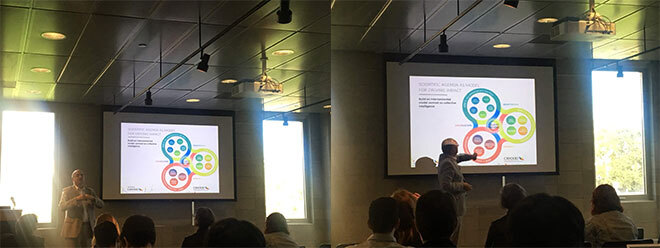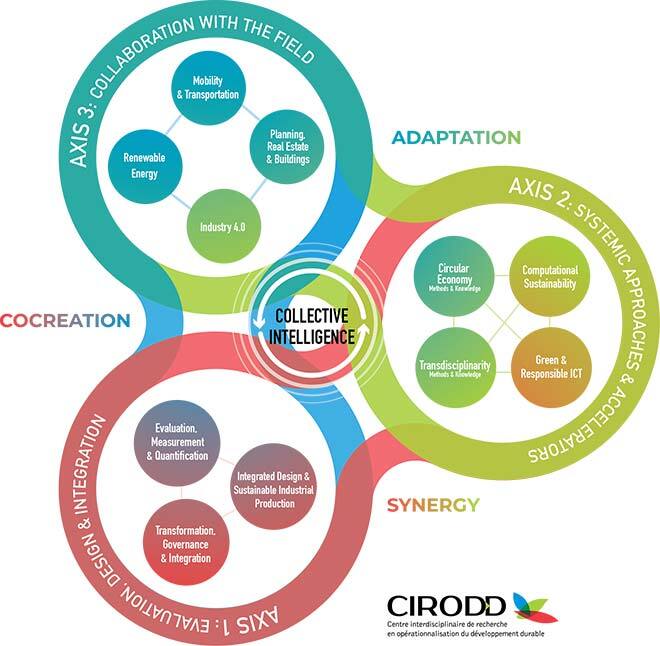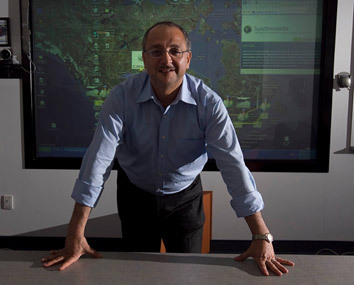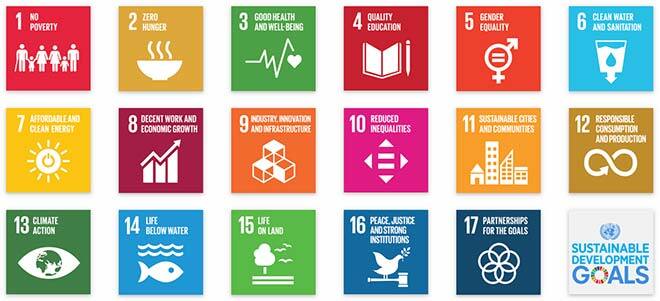Fighting Climate Change through Interdisciplinary Research

Purchased on Istock.com. Copyright.
ÉTS welcomes a newcomer: the Centre interdisciplinaire de recherche en opérationnalisation du développement durable (CIRODD—Interdisciplinary Research Center on Sustainable Development Operationalization). Directed by Mohamed Cheriet, Professor in the Systems Engineering Department at ÉTS, the mission of this strategic group is to help accelerate Québec’s sustainable and intelligent transformation by implementing sustainable innovation mechanisms in a cross-disciplinary manner.
Headed by Professor Réjean Samson of Polytechnique Montréal, CIRODD was launched in 2013 to lay the groundwork for the operationalization of sustainable development, and to contribute to a green economy. Its mission was enhanced in 2018, in a renewal process with the Québec Research Funds, to establish a sustainable innovation ecosystem bringing together players in the scientific community and in the field in an interdisciplinary approach with a focus on collective intelligence. The ultimate goal of this ambitious research program is to support the greenhouse gas (GHG) emission reduction targets set by Québec in the fight against climate change.
Renewed Scientific Programming
To achieve its mission, CIRODD launched new scientific programming (2019–2025), developed by Professor Cheriet and his team and in collaboration with the 12 members heading the different research orientations—a shared leadership that portrays the expertise and diversity of the members.

The research behind the science program was featured in a science paper and a presentation at Columbia University in New York during the 2018 ICSD conference [1]

Axis 1: Evaluation, Design and Integration
Axis 1 is the foundation for visualizing, designing, and operationalizing relevant innovations that are socially acceptable and adapted to sustainable development challenges, which will minimize impacts, increase social value and transform lifestyle, management and governance practices.
Objectives
- Promote the consolidation, improvement, and innovative development of frameworks and tools to qualify, evaluate, quantify and measure the environmental, social and economic impacts of human and industrial activities;
- Design sustainable processes, products, and services with an integrated, socially acceptable and lifecycle perspective;
- Analyze factors that influence decision-making, new behaviors, and transformation of governance dynamics for individuals, organizations, and territories.
Axis 2: Systemic Approaches and Accelerators
The objective of Axis 2 is to be a catalyst in society’s transition by mobilizing knowledge, methods and tools resulting from the most innovative approaches and breakthroughs, associated with unifying themes (circular economy and interdisciplinarity) and accelerators (computational methods for sustainability and green and responsible ICT).
Objectives
- Develop models, measurements, strategies and tools for a transition to circular economy;
- Anchor all CIRODD activities within interdisciplinarity and produce one or more innovative models to operationalize sustainable development;
- Generate integration and adoption models for green and responsible ICT to accelerate society’s transition;
- Provide fundamental models based on abstraction mechanisms, made possible through emerging computational methods, to help generate more systemic private and public decision-making frameworks.
Axis 3: Collaboration with Players in the Field
Axis 3 integrates relevant knowledge and skills with sustainability by facilitating collaboration between research and different sectors of the economy, industry, government and the community. This is where the added value of the CIRODD approach is essential in bringing together experts and players in the field from many existing or emerging ecosystems.
Objectives
- Consolidate and develop partnerships with players in the field to promote the emergence of new approaches addressing issues that have significant industrial and collective impacts;
- Ensure monitoring with players in the field to determine potential research orientations within the scientific program;
- Develop new interaction mechanisms with players in the field in order to encourage co-creation of R & D issues and solutions.
Governance Promoting Equity, Diversity, and Inclusion
In this new phase of its existence, CIRODD can rely on the expertise of nearly 100 members of 18 post-secondary institutions located throughout Quebec, from widely varied fields of research.

Mohamed Cheriet, ÉTS Professeur in the Systems Engineering Department and Director General of CIRODD
Professor Cheriet, the new Director General, is a world-renowned researcher who has led and co-directed major initiatives such as the SSHRC/Major Collaborative Initiatives project (The Indian Ocean World), the Green ICT Canarie Program, and the ECOLOTIC project. He also directs Synchromedia and holds the Canada Research Chair in Sustainable Smart Eco-Cloud. A member of the CIRODD Executive Committee from the onset, he has demonstrated his leadership abilities by directing the co-construction of CIRODD’s new scientific program, a process that required the collaboration of many co-researchers.
Special attention was given to the group’s composition and governance committees to ensure the highest level of diversity. Thus, the new management committee holds an equal representation of men and women. CIRODD has also developed an Equity, Diversity, and Inclusion (EDI) strategy to measure and support progress in this area.
This program, and its new governance model, will enable the group to develop and support innovative and bold projects, in partnership with players in the field.
Sustainable Development Objectives
Because Canada is committed to the implementation of the United Nations Sustainable Development Goals (SDGs), CIRODD has adopted these goals as a framework to align its strategy with the international context. In this context, CIRODD is a member of the Sustainable Development Solutions Network (SDSN), an academic network that mobilizes global scientific and technological expertise to promote practical sustainable development solutions, including the implementation of the Sustainable Development Goals (SDG) and the Paris Agreement on Climate Change.

CIRODD brings together hundreds of students. With the emergence of professions in Big Data Management, the efforts required in energy efficiency and renewable energy, the Internet of Things (IoT) deployment, and the technological upheavals that will inevitably hit businesses through Industry 4.0 technologies, sustainable innovation is sure to become a central focus. Through its unique and distinct mission in the world of research, CIRODD offers an exciting learning environment. In addition, it helps train highly qualified personnel by enabling work in interdisciplinary mode and developing key skills in sustainable development.


